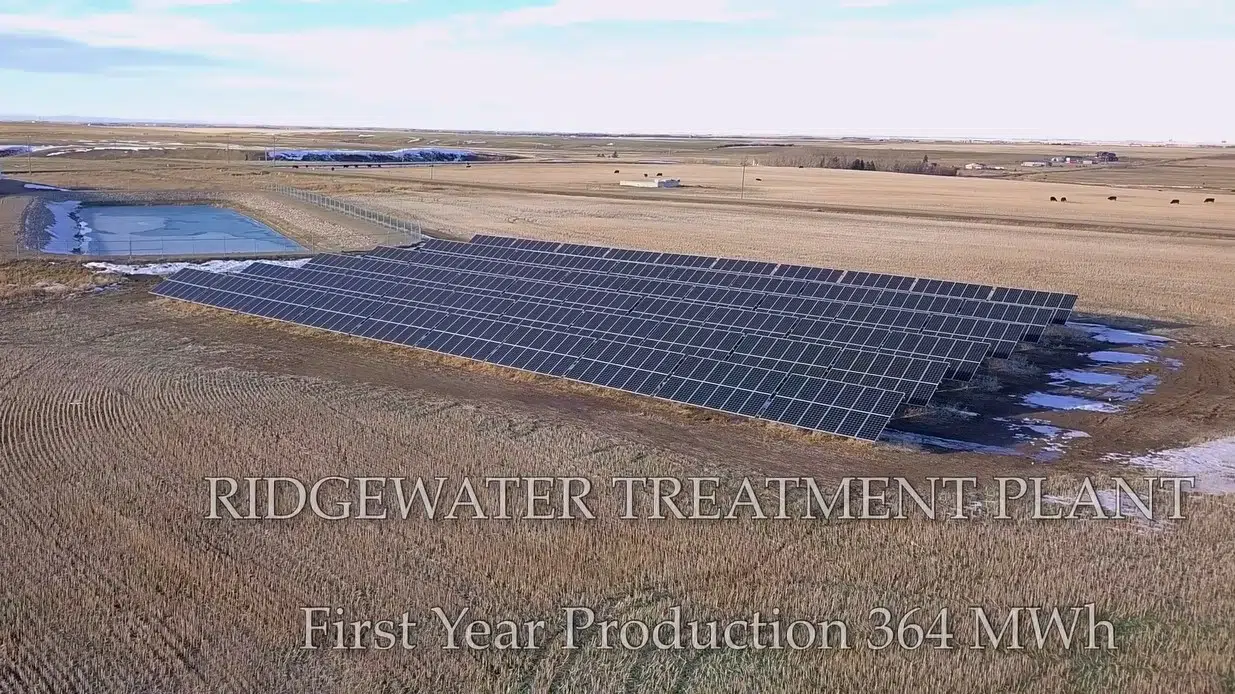
Town of Raymond completes seven net-zero solar installations; on track for more in 2019
RAYMOND – To kick off the Town of Raymond’s annual Old-Fashioned Christmas, they celebrated the completion of seven net-zero solar installations that will help them reach 100% of their operational electricity needs through solar power in 2019.
More than 1,164 solar panels are now generating power atop the Firehall, Town Public Works Shop, Aquatic Centre, Ice Arena, Victoria Sports Park and Golf Course and the Ridgewater Treatment Plant.
With the completion of the new Town Administration Building and Victoria Park Carports in the spring, Raymond will meet 100% of their operational electricity through solar.
868.7 megawatt hours of electricity will be produced in the first year for the Town of Raymond, and the average home uses about megawatt hours a year.


